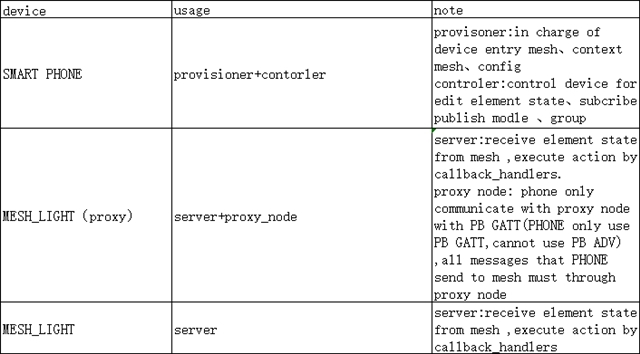Hi
I'm trying to use nRF SDK 17.0.2 mesh SDK5.0.0 nRF52832 to build a mesh
You can see this picture below,all devices config for server one of them with proxy node, smart phone used as provisoner and controller

Is there a way control a certain number of specific devices with a smart phone dynamically
e.g. total 70 devices , 40 devices config for server and need under control ,one of them config for server with proxy node
application scenarios:↓↓
When PHONE publish a element or send message in order to 40 devices by different unicast address , other 30 devices is not need receive those messages.
and alfter a moment maybe 30 of 40 devices+20 of 30 devices need receive messages,left 10of40 + 10of30 do not need.
I'm read many pages about 52832 but not find how to contol certain number of specific devices who config server with a PHONE
Thank for any replies.


